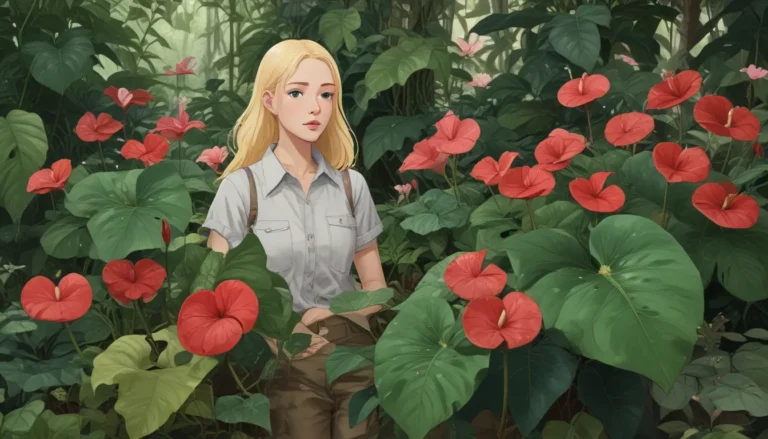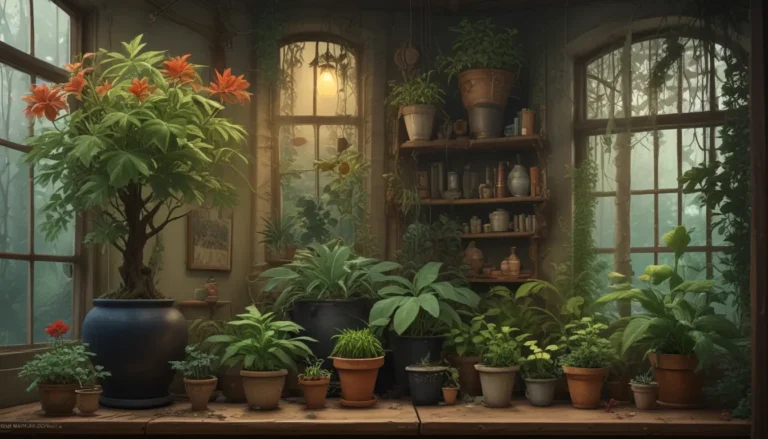The Comprehensive Guide to Growing Blackfoot Daisy

Melampodium leucanthum: A Cheerful and Drought-Tolerant Delight
Are you looking for a plant that can thrive in the heat and bring a burst of brightness to your garden? Look no further than the blackfoot daisy, a native plant to Mexico and various parts of the United States.
This evergreen perennial, a member of the Asteraceae family, boasts a low, round, bushy form and produces an abundance of one-inch, white, daisy-like flowers from early spring through late fall. Its dark green foliage, comprising narrow, oblong leaves, adds to its appeal.
With a spread of 12 to 24 inches and a height ranging from six to 12 inches, this plant is perfect for gardens with dry, rocky soil or xeriscapes. Embracing its multiple aliases like rock daisy, desert daisy, and ash gray blackfoot, the blackfoot daisy is a versatile and easy-to-care-for perennial.
Let’s delve deeper into the world of growing and caring for this delightful plant.
What You’ll Discover in this Article
- Propagation of Blackfoot Daisy
- Growing Tips
- Pruning and Maintenance
- Where to Buy
- Managing Pests and Disease
- Best Uses
- Quick Reference Growing Guide
Propagation Techniques for Blackfoot Daisy
From Seed
Blackfoot daisy thrives with easy propagation from seed. Whether you opt to plant them directly in the fall or start them indoors before the last frost of winter, blackfoot daisy plants will reward you with their beauty.
- Direct Sowing: Plant seeds 1/8 inch deep, 12 inches apart, and water them well.
- Starting Indoors: Cold stratify the seeds by refrigerating them for approximately four weeks before sowing.
From Cuttings
Taking a 4 to 6-inch cutting from an existing plant can lead to successful propagation. Dip the cut end in a rooting hormone and plant it in well-draining soil or a soilless growing medium.
From Seedlings or Transplants
Transplant seedlings after the danger of frost has passed, ensuring they are well-established. Maintain even moisture until the plants are ready for their new home in the garden.
How to Cultivate Blackfoot Daisy Flowers
For a thriving blackfoot daisy plant:
- Provide full to partial sun exposure in well-draining soil.
- Avoid overwatering to prevent root rot.
- Offer afternoon shade if your area receives intense sun exposure.
Growing Tips for Blackfoot Daisy
Blackfoot daisies are low-maintenance plants that require minimal intervention. Here are some tips to ensure optimal growth:
- Choose a location with full to partial sun exposure and well-draining soil.
- Beware of overwatering, as it can lead to root rot.
- Prune in late winter to maintain a compact form.
Pruning and Maintenance Practices
As blackfoot daisies mature, they may become leggy. Pruning in the late winter can encourage a bushier growth habit. While deadheading is optional, collecting and storing seeds can provide you with a steady supply of new plants.
Where to Source Blackfoot Daisy Plants
Your local garden center or nursery is an excellent place to find blackfoot daisy plants. Alternatively, consider collecting seeds from friends or neighbors who are cultivating this delightful perennial.
Managing Pests and Disease
Blackfoot daisies are remarkably resilient and deer-resistant. However, root rot caused by fungi can develop in poorly draining soil. If you notice signs of root rot, address the issue promptly to prevent further damage to the plant.
Best Uses for Blackfoot Daisy Flowers
Blackfoot daisies are versatile plants that can be utilized in various gardening settings. Consider incorporating them in:
- Rock gardens or wildflower meadows
- Containers or as ground cover
- Border plantings among cacti and succulents
Quick Reference Growing Guide for Blackfoot Daisy
- Plant Type: Herbaceous perennial flowering plant
- Flower / Foliage Color: White; green
- Native to: Mexico, southwest US
- Maintenance: Low
- Hardiness (USDA Zone): 5-11
- Tolerance: Drought, heat, poor soil
- Bloom Time / Season: Spring through fall
- Soil Type: Poor, rocky
- Exposure: Full sun or full sun with afternoon shade
- Spacing: 12 inches
- Height: 6-12 inches
- Spread: 12-18 inches
- Water Needs: Minimal
- Pests & Diseases: Fungal root rot
Embrace the Beauty of Blackfoot Daisy
With its resilience, beauty, and low-maintenance nature, the blackfoot daisy is a must-have plant for any garden. Whether you’re a seasoned gardener or a novice green thumb, this cheerful perennial will brighten your landscape with minimal effort.
If you’re already growing blackfoot daisies and have tips to share, we’d love to hear from you in the comments section below!
For more insights on cultivating drought-tolerant plants, explore our guides on growing Asiatic jasmine, Texas mountain laurel, and turpentine bush.
Don’t miss out on the opportunity to add this charming plant to your garden and enjoy its enduring beauty throughout the seasons. Happy gardening!





